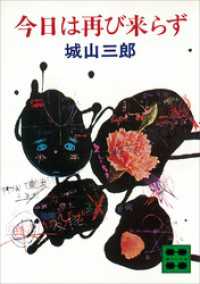- ホーム
- > 洋書
- > 英文書
- > History / World
Full Description
To those who study the physical culture of arms in medieval Europe, the German Fechtbücher—treatises on combat arts—are among the most important surviving documentary sources: no other region in Europe produced such an extensive body of writings on the techniques of medieval combat.
Among these, the massive compendia commissioned by the scholar-swordsman Paulus Hector Mair (1517-1579) stand out as uniquely ambitious and monumental. The text survives in three manuscript copies, each consisting of two volumes, with each manuscript running to approximately 1200 pages. They include about 17 weapon-forms, from two-handed sword to rapier, armoured combat to sickle and scythe; each form consists of anywhere from 8 to 136 lavishly illustrated techniques, in many cases followed by one or more seminal texts on the form.
The combination of text and image in the illustrated techniques offers obvious advantages to the understanding of a physical practice, and Mair is unique among the German masters in systematically giving instructions to both combatants, so that as one learns how to perform a technique, they also learn how to counter it. Lastly, one of the most important features of the Ars Athletica is the Latin translation, which serves as something of a Rosetta stone for interpreting the vocabulary of these long-lost martial arts.
In this series, Jeffrey Forgeng, translator of the equally seminal Fechtbücher of Joachim Meyer and Hans Lecküchner, has brought together a team of translator-practitioners to tackle Mair's opus. Over a decade of work has gone into transcribing, translating and annotating the Ars Athletica (Treatise on the Martial Arts) presenting both the original German and Latin, as well as a modern English translation.
Volume One of this series presents the Longsword, which was the traditional centrepiece of the German medieval tradition and provides the core instruction through which all other weapons of the tradition can be understood. In three languages and full-colour illustrations, readers will find a complete curriculum of cuts, thrusts, disarms and grapples; even using the sword as a short spear, which forms the foundation for armoured combat—the subject of a later volume.








